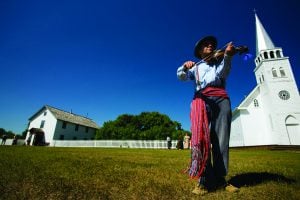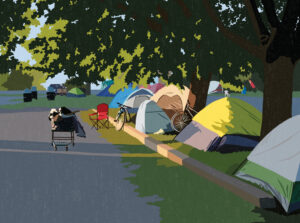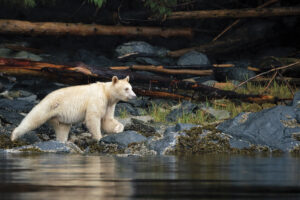
People & Culture
Kahkiihtwaam ee-pee-kiiweehtataahk: Bringing it back home again
The story of how a critically endangered Indigenous language can be saved
- 6310 words
- 26 minutes
This article is over 5 years old and may contain outdated information.
People & Culture

As anyone who remembers the feeling of hopping onto the ice for the first time can attest, playing hockey takes a certain amount of courage. And it takes a special courage to play the game without the full use of arms or legs — courage that would come instinctively to Canada’s soldiers, who are trained to be in harm’s way. So it was a perfect fit — like a solidly adjusted prosthesis — when 25 members of the championship Canadian Amputee Hockey Team paid a visit to amputee soldiers at Valcartier Garrison, north of Québec, last winter.
Captain Blaise Lapointe is one of those soldiers. In 2009, the army engineer lost a leg when he stepped on a land mine in Afghanistan. Not long into his recovery, he wanted to resume playing the sport he loved. Having watched the amputee team in action in Montréal, he invited members of the team to share their experiences with his comrades at Valcartier. A highlight of the get-together was a very close game between the garrison’s Vieux Lions and the amputee hockey champions.
Lapointe says the message to soldiers struggling to recover is, “No matter what the injury, life does go on, and you can still have a full life, have a family, do sports. There are huge opportunities out there.”
Are you passionate about Canadian geography?
You can support Canadian Geographic in 3 ways:

People & Culture
The story of how a critically endangered Indigenous language can be saved

People & Culture
For unhoused residents and those who help them, the pandemic was another wave in a rising tide of challenges

Wildlife
How ‘maas ol, the spirit bear, connects us to the last glacial maximum of the Pacific Northwest

Places
In Banff National Park, Alberta, as in protected areas across the country, managers find it difficult to balance the desire of people to experience wilderness with an imperative to conserve it